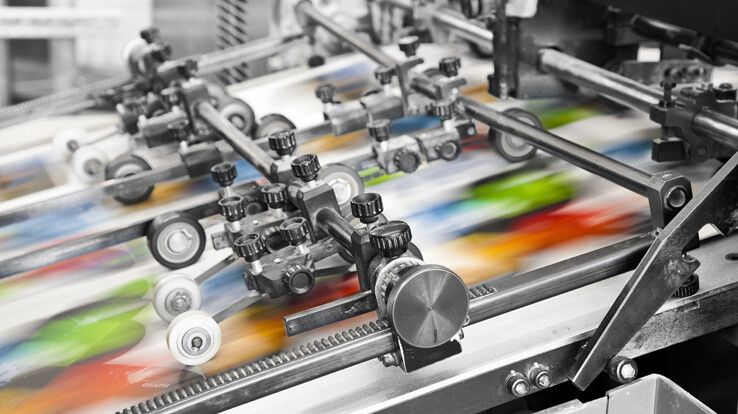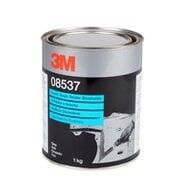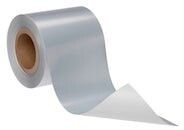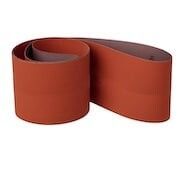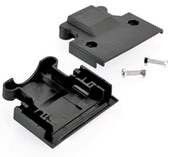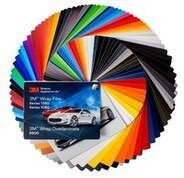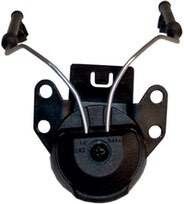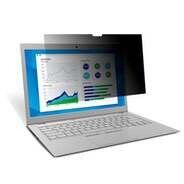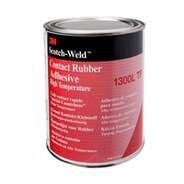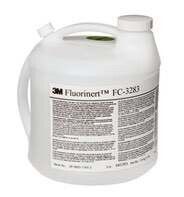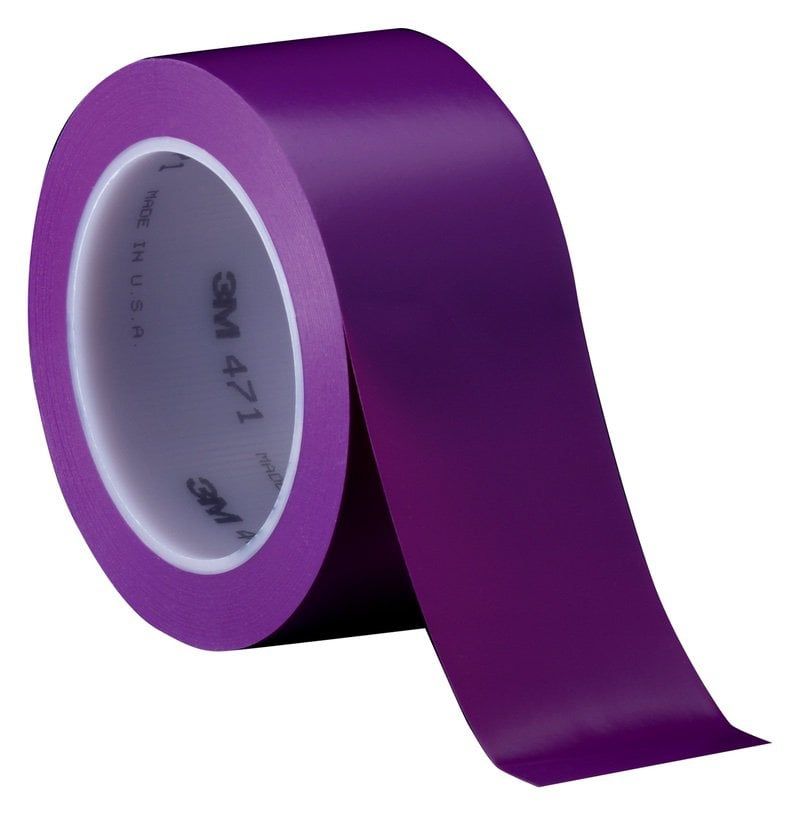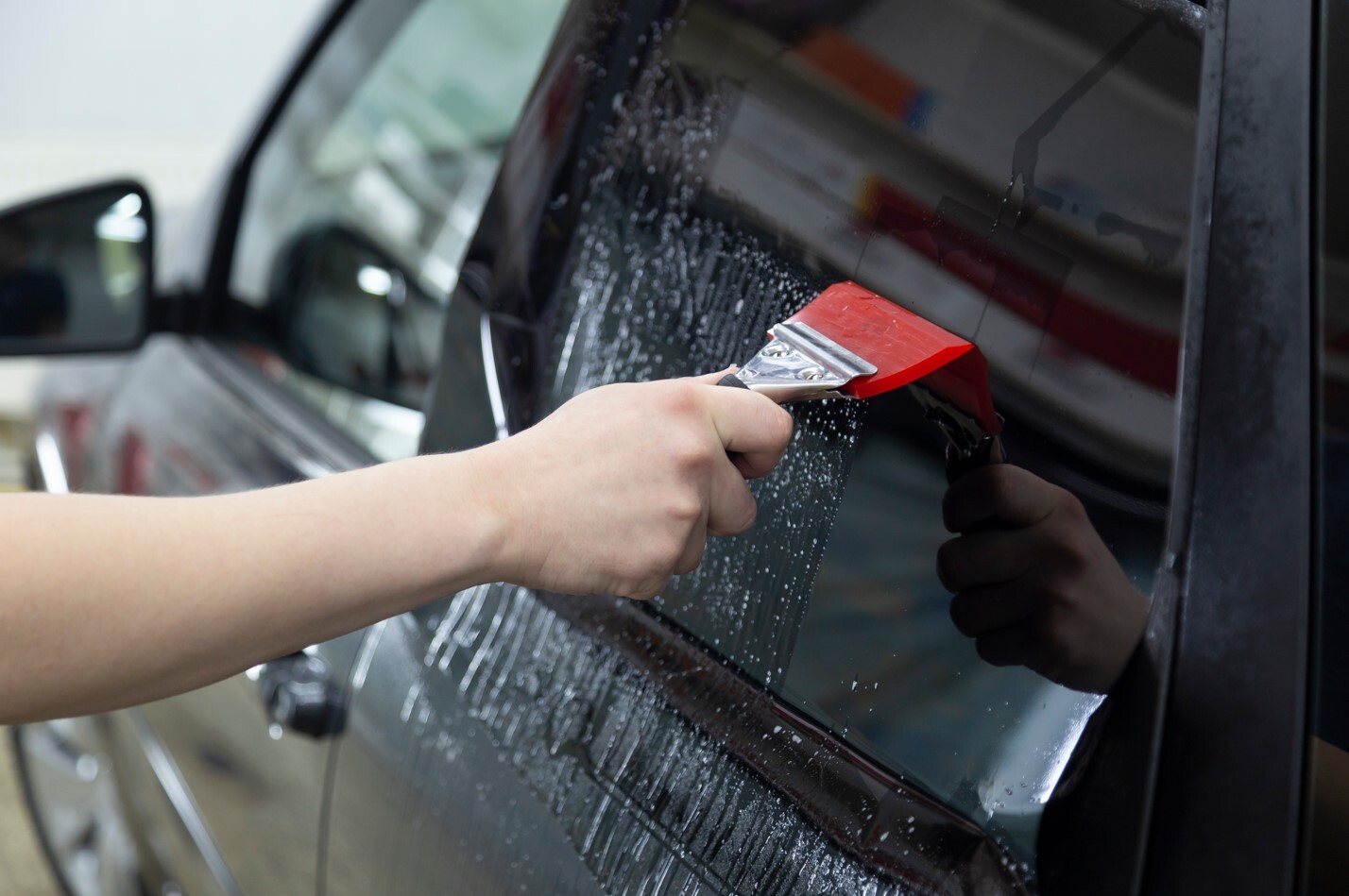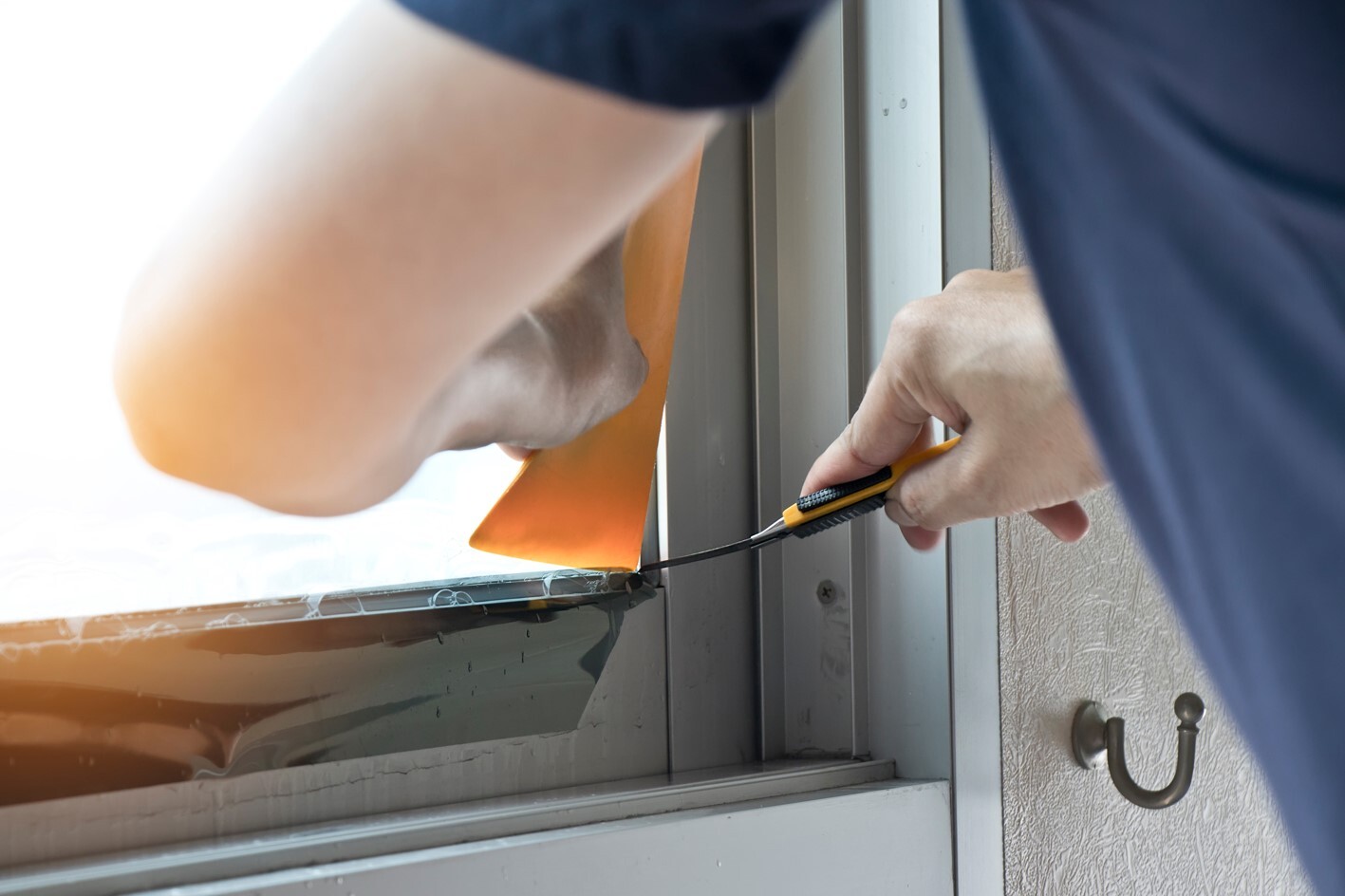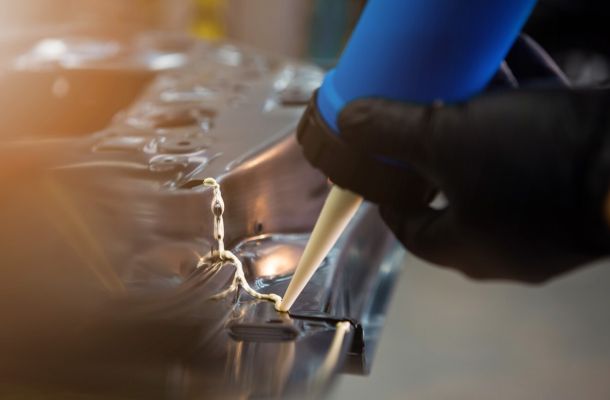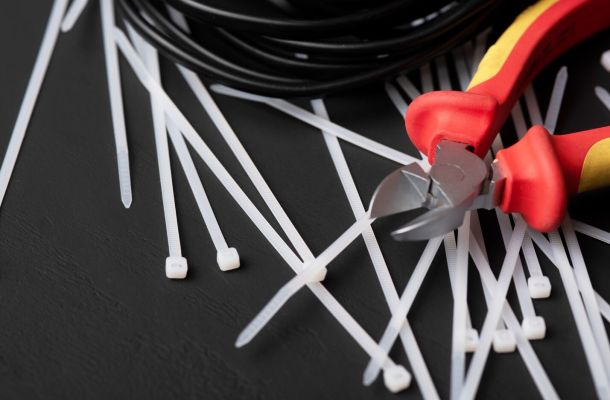Foiling tools
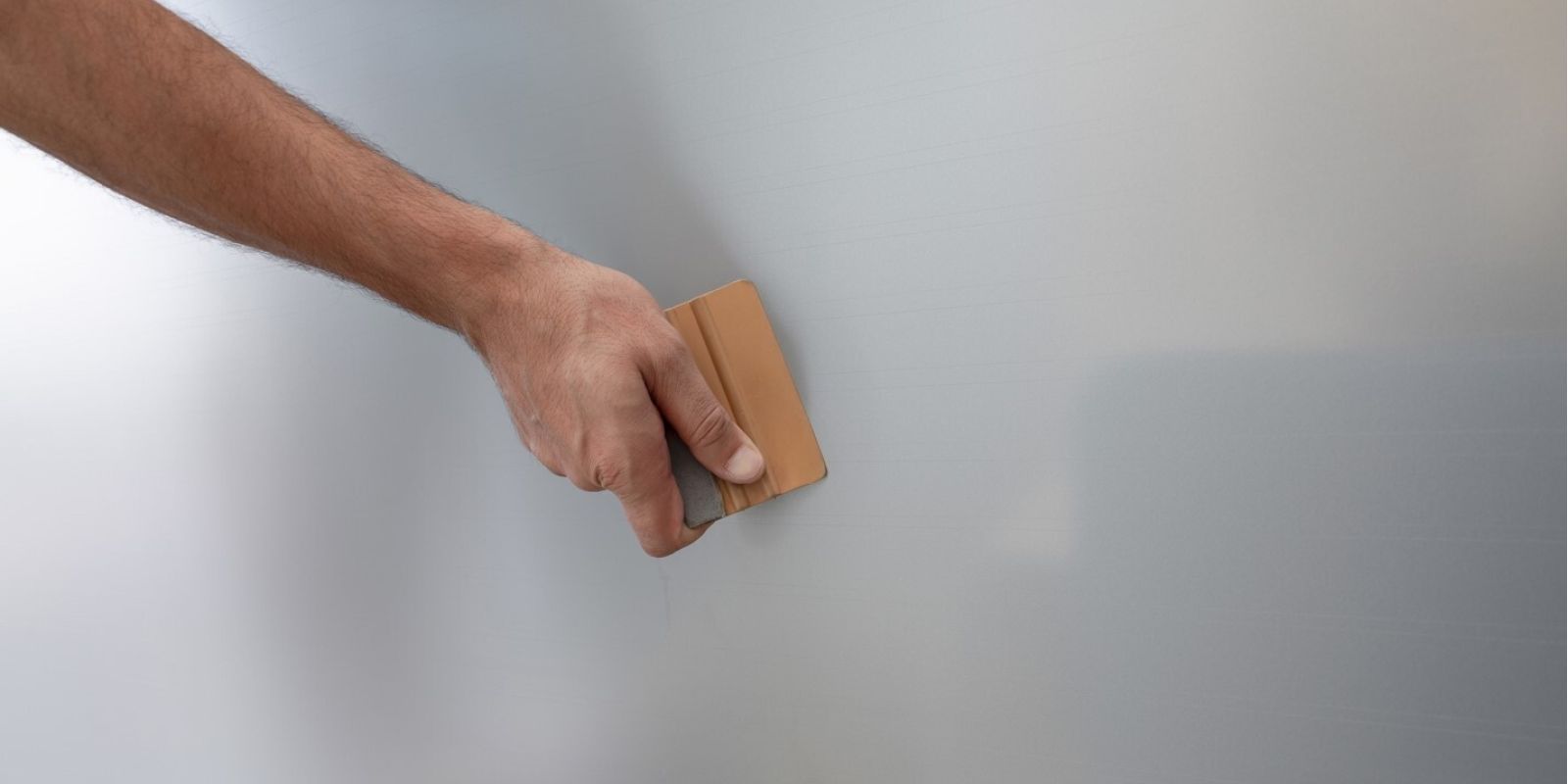

Foiling is an excellent way to quickly transform the appearance of objects, furniture, cars, and glass surfaces, at a low cost. It involves applying a very thin layer of film to the surface, which changes the appearance and even provides a degree of protection against externalities. Let's see what foiling tools to use and what the process looks like step by step!
What surface can you apply foil to?
Foiling is a popular application in industries such as interior design, automotive, and printing. Furniture wrapping is used to give wooden surfaces a new look without having to replace the entire piece of furniture. For example, a wooden cabinet that has lost its shine can be transformed with a new furniture foil coating, creating a fresh and modern look very effectively.
In the automotive industry, foiling is used to change the colour of a car without having to paint it. Vehicle wrapping is a popular option for those who want to personalise their car, hide scratches and dents or even protect it from minor surface damage. Wrapping is an excellent marketing tool: many people use vehicle wrapping to place advertising messages on the car, creating a moving ‘billboard’.
Foiling is also used on windows and glass surfaces. Just as in cars, glass can be used as an advertising medium, just think of a shop window, in which case the window film is a decorative element. But it's also an excellent choice if you want to restrict the view. Thanks to the window film, the space will not be dark, those inside will be able to see out, but those outside will not be able to see what is happening behind the window. You can apply the window film yourself, especially if the surface area is not too large.
The foiling tools
You will need a few tools to apply the film to the surface. Let's take a look at these and see what you need to know about them.
The foil
First, you'll need the foil itself. Foils come in different colours and patterns: some are plain, some have patterns, some are transparent and some are opaque. There's a wide range, so everyone can find a film to suit their taste.
Knifeless tape
The films are sold in a variety of forms, but most of them are rolled. This means that we have to cut it first. The knifeless tape technology has been developed to cut the foil without further tools, avoiding the tears and cuts that can occur due to the blade. In the case of knifeless tapes, a very strong tape is used to cut, using carrier tape.
Film cutter
Some knives are specially designed for cutting foil. They can be used to cut foil without crimping, and the safety blade ensures that no accidental cutting occurs.
Measuring tool
As mentioned above, in most cases the foil has to be cut to size. You will need a measuring tool, such as a ruler. It is advisable to measure accurately, otherwise, the result will not be what you expect.
Squeegee for smoothing
Once you've measured and cut the foil to the right size, you're ready to apply it! Apply the foil to the surface with a squeegee. This will help ensure a bubble-free finish. You can also use rollers of different sizes to achieve the same result.
Air-release tool
Despite your best efforts, air bubbles can remain. If you don't want to deal with them, you can use an air-release tool to easily remove the bubbles.
The process of foiling
The first step in applying the film is to clean the surface thoroughly. Care must be taken to remove dirt, grease, and fingerprints. This ensures that the film can adhere properly to the surface. The film is then cut to the size of the surface using the appropriate tools. Avoid the use of tools such as scissors or kitchen knives, which can tear the film if not used correctly.
If you can, don't do it alone, but ask for help.
Once the surface is clean and the film has been cut to size, apply it slowly and carefully, smoothing and pressing it onto the surface. To do this, use a flat object, preferably a trowel or a squeegee. Once the foil has been properly placed, smooth it over thoroughly so that there are no blisters or wrinkles. Take care to remove any air bubbles and make the surface smooth and uniform.
The advantage of foil is that it is not only easy to apply, but also easy to remove. If you want to give the surface a new look because you're bored or the film is damaged or worn, you can simply peel it off. To do this, you need to find a point where you can reach under the film with a pointed object and then pull in the opposite direction to remove the film. Be careful not to damage the base surface.
Using the foil is quick and easy. In some cases, you can do it yourself, for example, to wrap a small piece of furniture or a window, but in most cases, it is best to leave it to a professional with the right skills and tools.
Flanker has everything you need! Have a look at our web catalogue!
More articles
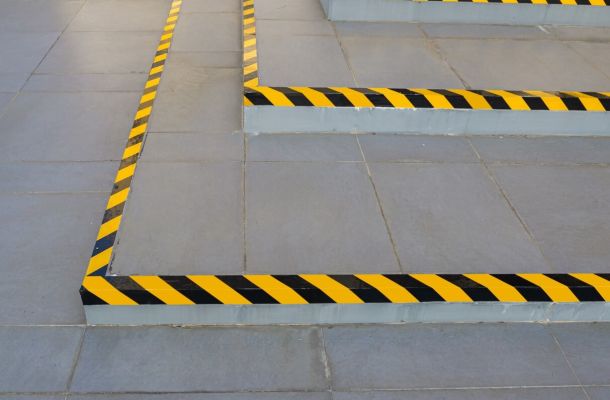
Floor marking tape: the versatile tool that is indispensable in every building
Flanker Plusz Kft.
Contact Details
Boti Street, 100.


